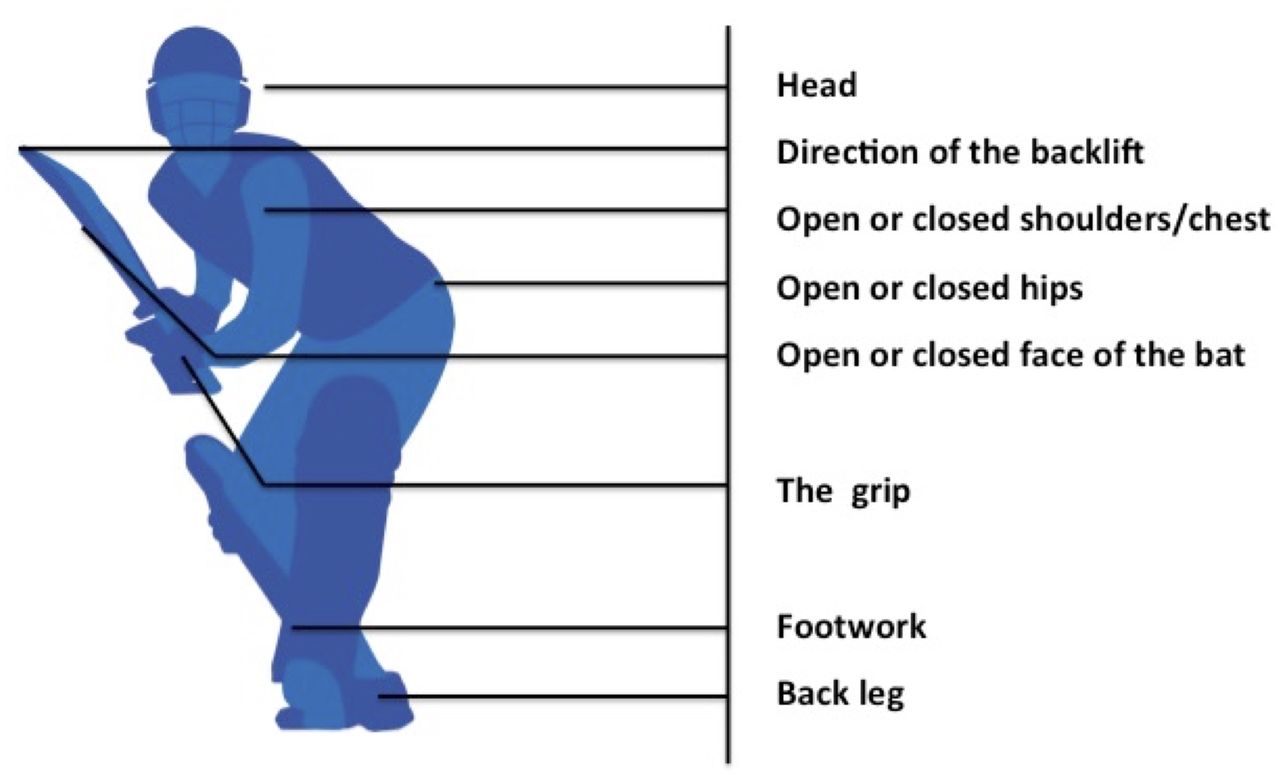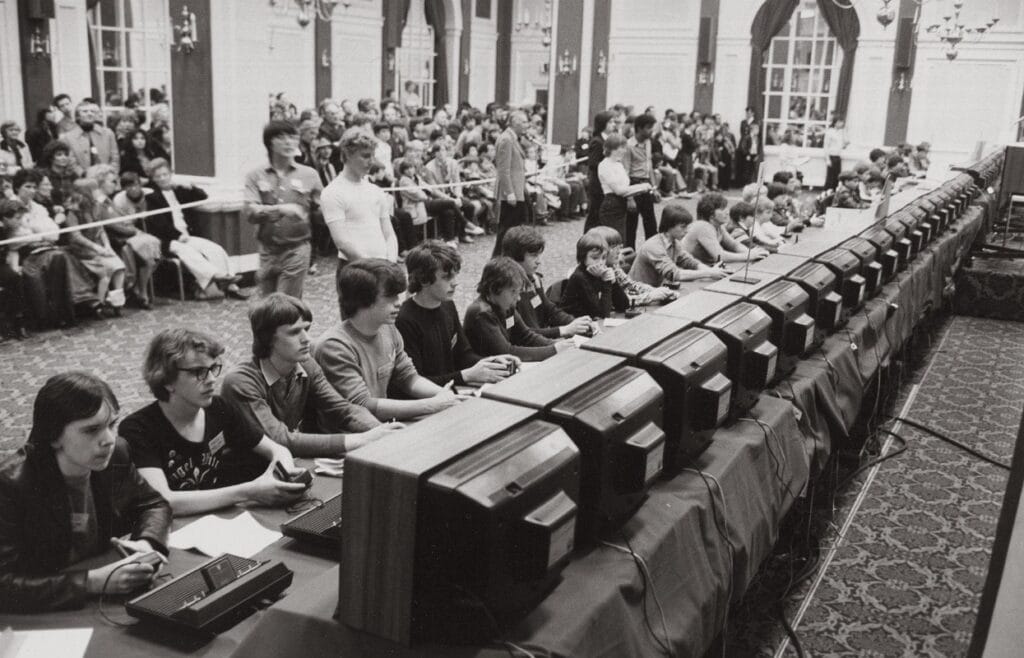
Mastering the Foundation: Tips for Improving Your Cricket Batting Stance
In the intricate dance of cricket, where split-second decisions and precise execution determine success, the batting stance stands as the silent, yet profoundly influential, cornerstone. It is more than just how a batsman stands; it’s a dynamic equilibrium that dictates balance, vision, power, and the ability to access a full repertoire of shots. A well-honed stance is the launchpad for every successful innings, providing the stability and readiness required to face deliveries ranging from express pace to deceptive spin.
For aspiring cricketers and seasoned players alike, the journey to a formidable batting stance is one of continuous refinement. It’s a blend of fundamental principles, personalized adjustments, and diligent practice. This article delves into the critical elements of an effective batting stance, offering comprehensive tips to help you improve this foundational aspect of your game and unlock your full potential at the crease.
The Foundational Pillars: Balance, Relaxation, and Adaptability
Before dissecting the specific components, it’s crucial to understand the overarching principles that underpin any good batting stance:
- Balance: This is non-negotiable. Without perfect balance, any movement – forward, back, or sideways – will compromise your ability to control the bat and execute shots effectively. Your weight should be evenly distributed, allowing for immediate and controlled movement in any direction.
- Relaxation: Tension is the enemy of fluidity. A tense body restricts movement, reduces reaction time, and saps energy. Your shoulders, arms, and hands should be relaxed, allowing the bat to flow naturally through the hitting zone.
- Adaptability: There is no one-size-fits-all "perfect" stance. Your stance must be adaptable to different bowlers, pitch conditions, and match situations. It’s a starting point, not a rigid prison.
With these principles in mind, let’s break down the specific elements.
1. The Ground Up: Feet Positioning
Your feet are your connection to the ground and the primary source of your stability and initial movement.
- Shoulder-Width Apart: As a general guideline, stand with your feet roughly shoulder-width apart. This provides a stable base without being too wide (restricting movement) or too narrow (compromising balance).
- Slightly Open Stance (Most Common): Many successful batsmen adopt a slightly open stance, meaning the front foot is slightly angled towards the off-side. This allows for a clearer view of the bowler’s arm and a more natural trigger movement. However, ensure it doesn’t lead to your front shoulder opening up too early.
- Parallel or Slightly Closed: Some batsmen prefer a parallel stance (feet pointing straight down the pitch) or even a slightly closed stance (front foot angled towards the leg-side). Experiment to find what feels most comfortable and allows you to see the ball clearly and move freely.
- Weight Distribution: Your weight should be predominantly on the balls of your feet, rather than your heels. This makes you agile and ready to push off quickly for both front-foot and back-foot shots. Avoid rocking back onto your heels, as this will slow down your forward movement.
- Toes Pointing Down the Pitch: Ensure your toes are generally pointing down the pitch or slightly open, rather than sharply angled across. This promotes a natural forward movement.
2. Core Stability: Body Weight and Torso
The way you hold your torso and distribute your body weight influences your balance and power generation.
- Slight Forward Lean: Adopt a subtle forward lean from the waist, with your chest slightly over your front foot. This puts you in an aggressive, ready position, poised to move forward or back. Avoid an exaggerated lean, which can make you fall over or limit your back-foot play.
- Engage Your Core: A strong and engaged core is vital for stability. While you don’t need to be overtly tensing, be mindful of engaging your abdominal muscles.
- Relaxed Shoulders: Keep your shoulders relaxed and slightly rounded, not hunched or stiff. This allows for fluid arm movement and prevents tension from building up.
- Hips Aligned: Your hips should be relatively square to the bowler, allowing for powerful rotation when executing shots. Avoid twisting your hips excessively at the start.
3. The "Camera": Head and Eye Position
Your head is the most crucial part of your stance, acting as the "camera" that tracks the ball.
- Stillness is Paramount: Your head must remain as still as possible throughout the bowler’s run-up and release. Any premature head movement will shift your eye level and make it harder to pick up the ball’s trajectory.
- Eyes Level and Focused: Keep your eyes level with the horizon, not dipping or lifting. Focus intensely on the bowler’s hand and the release point. This early pick-up is vital for judging line, length, and subtle variations.
- Look Over the Front Shoulder: For most batsmen, looking over the front shoulder provides the clearest and most stable view of the bowler. Ensure your front shoulder doesn’t block your view.
- Peripheral Vision: While your primary focus is on the bowler, be aware of the field settings through your peripheral vision. This helps in shot placement.
4. The Tool: Bat Placement and Angle
How you position your bat is key to preparing for shot execution.
- Bat Tap vs. Lifted Bat: Some batsmen prefer to gently tap the bat on the ground at the start of their stance, while others hold it slightly lifted. Both are acceptable; the key is what allows for the most fluid backlift.
- Bat Angle (Backlift Direction): The general consensus is to point the bat’s face towards "third man" or "first slip" as you prepare. This provides a natural, high backlift that allows for maximum power and a straight bat swing through the ball. Avoid pointing the bat towards the covers (too flat) or fine leg (too open).
- Weight of the Bat in Hands: The bat should feel light in your hands, not heavy or cumbersome. This indicates a relaxed grip and ready position.
5. The Control Panel: Hand Grip and Wrist Position
Your hands are the connection to the bat and dictate control and power.
- Top Hand Dominant: The top hand (the one closest to the bat handle’s top) should be dominant, guiding the bat and providing control. The "V" formed by your thumb and forefinger of the top hand should generally align with the outer edge of the bat (or slightly to the left for right-handers, right for left-handers).
- Bottom Hand Support: The bottom hand provides power and support, but shouldn’t overpower the top hand. Its grip should be looser, allowing the bat to flow.
- Relaxed Wrists: Keep your wrists relaxed and cocked, ready to snap through the ball. Stiff wrists restrict bat speed and shot-making ability.
6. Dynamic Stance: The Trigger Movement
Many batsmen incorporate a subtle "trigger movement" – a pre-delivery adjustment to get into an optimal hitting position.
- Purpose: The trigger movement helps load the body, enhance balance, and get the batsman ready to move forward or back. It’s about getting from a static position to a dynamic, ready state.
- Subtle vs. Pronounced: Some batsmen have very subtle triggers (a slight shift of weight, a small shuffle), while others have more pronounced movements (a forward press, a slight backward and forward rock).
- Consistency is Key: Whatever your trigger, it must be consistent and repeatable. It should return you to a balanced, ready position just as the bowler releases the ball. Avoid over-complicating it or making it too large, as this can disrupt your balance.
- Stillness at Release: Regardless of the trigger, the most critical aspect is that you are still and balanced at the point of the bowler’s release. This allows for the clearest possible vision of the ball.
Common Mistakes to Avoid
- Excessive Tension: Stiff shoulders, tight grip, locked knees.
- Unbalanced Weight: Too much on the heels, or leaning too far back/forward.
- Premature Head Movement: Lifting or dipping the head before the ball is released.
- Rigid Bat: Holding the bat too tightly, preventing a natural backlift.
- Overly Complex Trigger: A trigger that makes you unbalanced or too late to react.
- Ignoring Personal Comfort: Trying to mimic a professional exactly without considering your own body mechanics.
Personalization and Practice
- Experimentation: Don’t be afraid to experiment with slight adjustments to your feet, bat angle, or weight distribution. What works for one player might not work for another.
- Video Analysis: Record yourself batting. Often, what you feel you are doing is different from what you are actually doing. Video feedback is invaluable for identifying flaws and tracking progress.
- Shadow Batting: Practice your stance and trigger movement without a ball. Focus purely on balance, fluidity, and consistency.
- Throwdowns and Net Sessions: Once comfortable with your shadow batting, incorporate your improved stance into throwdowns and net sessions. Pay conscious attention to maintaining your stance throughout the entire process.
- Seek Coaching: A qualified coach can provide expert insights, identify subtle flaws, and offer personalized drills to refine your stance.
The Psychological Aspect
A good stance isn’t just about physical mechanics; it also plays a crucial role in your mental game. Stepping to the crease with a confident, well-practiced stance instills a sense of readiness and calm. It allows you to feel in control, minimizing pre-delivery anxiety and maximizing your focus on the ball.
Conclusion
The batting stance is a dynamic equilibrium, a delicate balance between stability and readiness, power and precision. It is the canvas upon which every stroke is painted, and its mastery is an ongoing journey for every cricketer. By diligently focusing on the foundational principles of balance, relaxation, and adaptability, and meticulously refining each component – from feet positioning and head stillness to bat angle and trigger movement – you lay a robust foundation for consistent performance.
Remember, the goal is not a textbook perfect stance, but your perfect stance – one that feels natural, allows you to see the ball clearly, move freely, and generate power effectively. Dedicate time to understanding, practicing, and refining this critical aspect of your game, and you will undoubtedly unlock new levels of confidence and capability at the crease, ready to face whatever the bowler throws your way. The journey to an improved batting stance is an investment in your cricketing future, promising greater control, enhanced shot-making, and ultimately, more runs.



